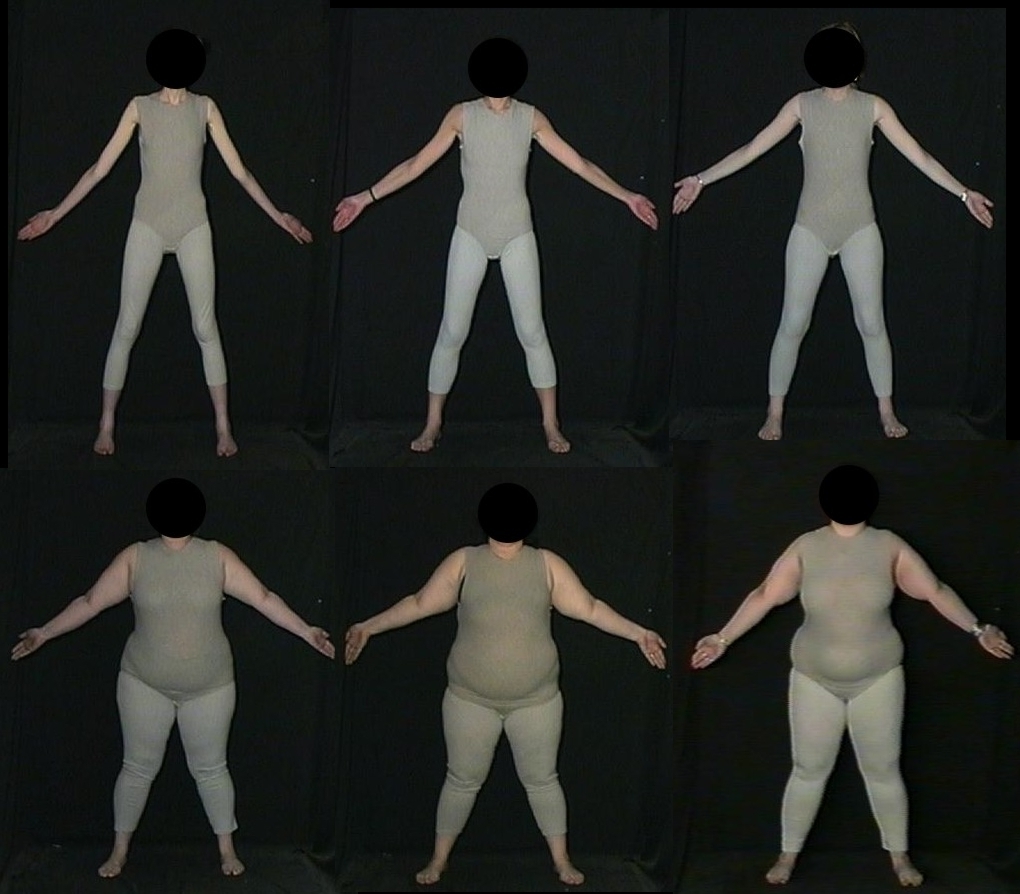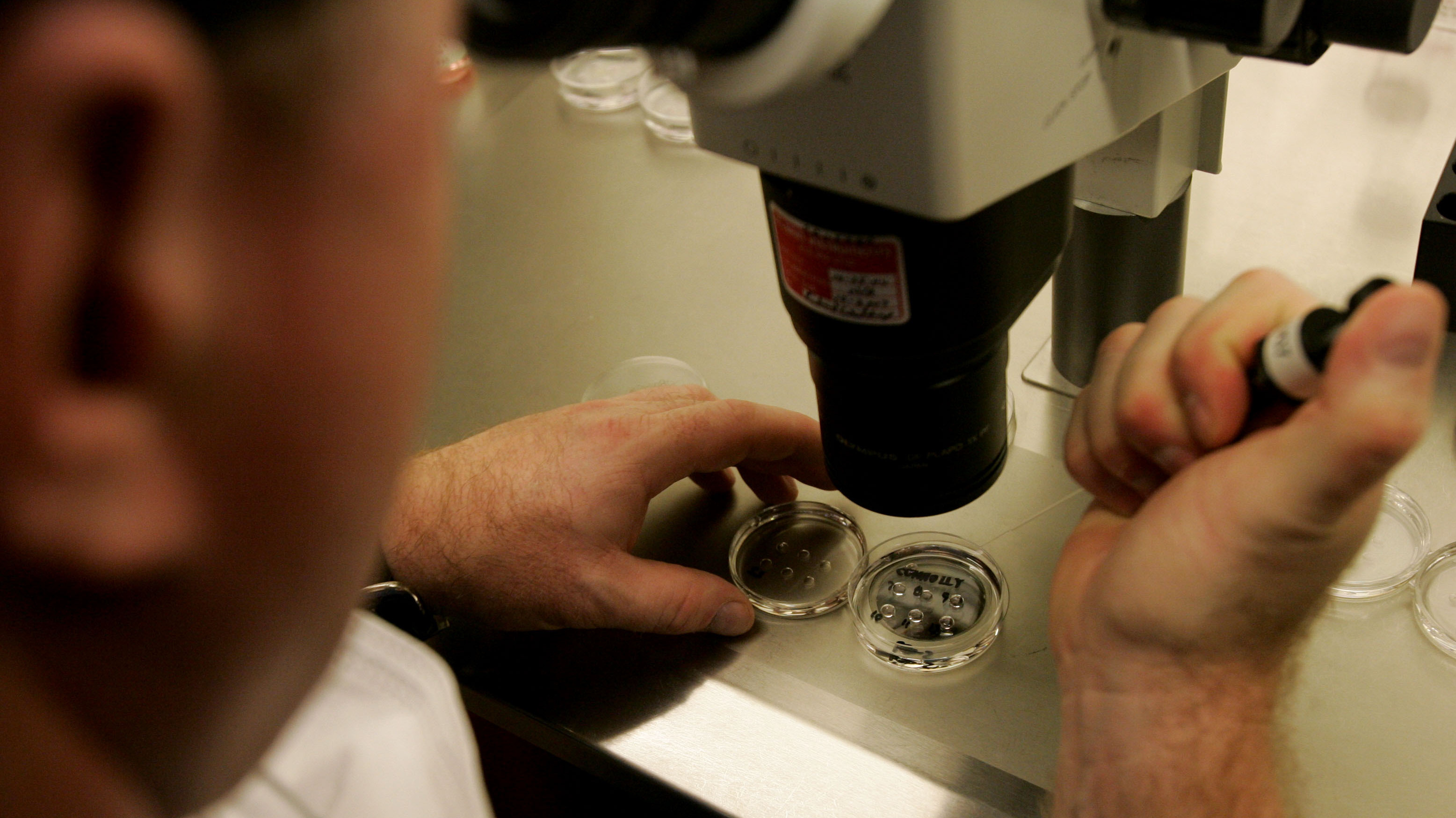What Drugs are Used for Treatment Of Hypertension?
If you have hypertension (systolic blood pressure of 140 mmHg or more and diastolic blood pressure of 90 mmHg or more) it should be adequately treated with approved drugs/medications and by dietary modifications and lifestyle changes. If yo have pre-hypertension (systolic blood pressure of 121-139 mmHg and diastolic blood pressure of 81-89 mmHg) it is time you adopt healthy lifestyle and healthy eating habits to prevent pre-hypertension from becoming a hypertension.
Generally goal of treatment of hypertension is to bring blood pressure to 120/80 mmHg if you have no complication and you are healthy. The goal of treatment of hypertension may be different for different individuals, e.g. if you are an elderly person the target blood pressure may be much higher than 120/80 mmHg (i.e. 140/90 mmHg).
For all patients of hypertension, lifestyle changes and dietary changes are essential for optimal management. Without lifestyle and dietary changes towards healthier side, the management of hypertension may be incomplete.
Medications form the mainstay of management of hypertension, because with lifestyle changes and dietary changes it may not be possible to bring blood pressure to the target level.
Commonly used anti-hypertensive drugs:
1. Thiazide diuretics:
Diuretics (commonly known as water pills) are commonly used for treatment of hypertension. Hydrochlorothiazide is most commonly used for this purpose. It is one of the first line medications for treatment of hypertension. These drugs reduce water and sodium content and improves elasticity of blood vessels.
2. Beta-blockers:
These drugs reduce workload of heart by reducing heart rate and force of contraction of heart. They also reduce sympathetic activity thereby reduce workload of heart. Examples of beta-blockers are atenolol, metoprolol, bisoprolol etc. If used alone they may not work well in blacks and should be combined with diuretics (Hydrochlorothiazide).
3. Calcium channel blockers:
These drugs helps in relaxing the muscles of blood vessels (arteries mainly) and thereby reduce blood pressure. Some of these drugs reduce heart rate also. Examples of calcium channel blockers are amlodipine, nifedipine, verapamil, diltiazem etc.
4. ACE (Angiotensin-converting enzyme) inhibitors:
These drugs relax blood vessels by inhibiting natural chemical that constricts blood vessels, i.e. angiotensin-II. Examples of ACE inhibitors are enalapril, lisinopril, parindopril, ramipril, captopril etc.
5. Angiotensin receptor blockers:
These drugs act by blocking the action of angiotensin-II (constriction of blood vessels) at receptor level. Examples of Angiotensin receptor blockers are losartan, telmisartan etc.
There are also other anti-hypertensive drugs which are used for treatment of hypertension in special situations such as pregnancy, hypertensive emergencies (severe rise in blood pressure, e.g. systolic pressure of over 200 mmHg and need immediate medical intervention to reduce blood pressure) etc.
Centrally acting agents:
These agents prevent signals from brain that cause heart rate to increase and blood vessels to contract, e.g. methyledopa, which is commonly used to treat hypertension during pregnancy.
Vasodilators:
These drugs cause dilatation of blood vessels thereby reduce blood pressure. These agents are used for treating hypertensive emergencies. Example is sodium nitropruside.
Alpha-blockers:
These agents cause dilatation of blood vessels by reducing nerve impulse to blood vessels. Examples of alpha-blockers is prazosin, terazosin etc.
Image courtesy of scottchan / FreeDigitalPhotos.net
Related posts:





